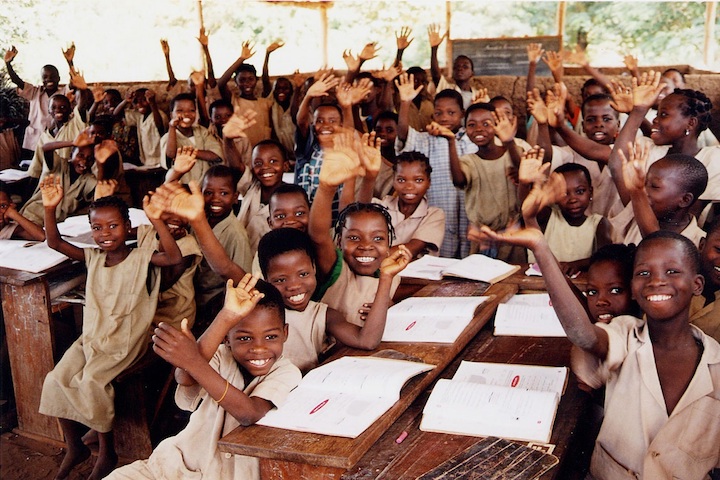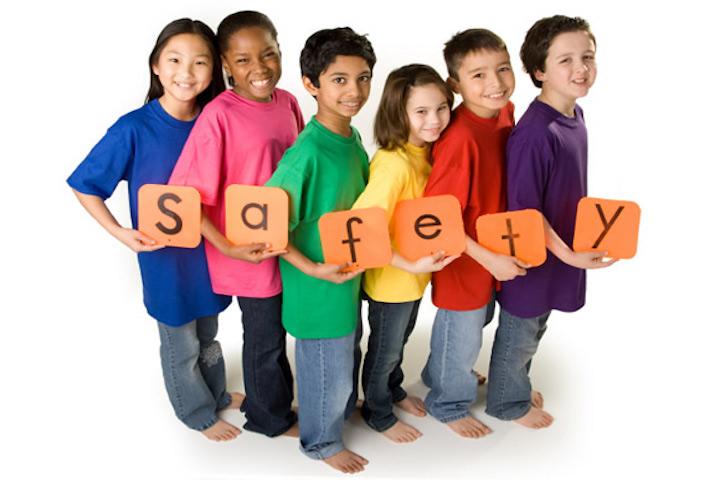Internet safety for children
The Internet has brought the world into our homes and is a veritable treasure trove of information for all the family to explore. From homework help, to online gaming, messaging and researching, our children can gain a lot from the web.
But at the same time it’s essential we ensure our children’s safety online. They must use it responsibly and parents should take measures to protect them from potentially harmful content.
Internet safety and computer security for children
A good start is to learn a bit about the kind of things our children are interested in, help them locate suitable sites (which you can bookmark as favourites) before looking at additional software and browser functions to stop them stumbling across unsuitable sites. Another good tip is to encourage them to share information with us and talk about the sites they’ve visited from the very first time they use the web, this helps to create a sense of security, respect and openness that they can continue to apply as their use of the web increases.
Fortunately as the Internet grows, so do the governing bodies and protective powers that keep unsolicited, explicit and un-moderated sites in check – however, there is still a risk that your child might stumble upon something inappropriate so it’s essential to help them, talk to them and encourage them to be responsible at all times.
Below we have outlined some of the potential problems that threaten internet safety for children.
Top ten threats against internet safety for children
1- Explicit websites
Even the most innocent word when entered into a search engine can throw up links to websites full of inappropriate images. Without parental controls, many of these websites can be accessed freely by your children.
2- Inappropriate instructional websites
A simple homework task could accidentally give your child access to one of many ‘how-to’ websites. While most of these are genuine, some are more sinister with details on how to construct bombs, conceal anorexia or how to make and take illegal drugs.
3- Chat room safety
The dangers of paedophiles posing as children in Internet chat rooms is well known – but children still put themselves at risk by giving out their personal details in online chat rooms for teenagers.
4- Cyber bullying
Online bullying is a relatively new issue. Through the use of email, chat-rooms and forums, bullies can attack their victims with vicious messages.
5- Phishing
This is when you receive an email that looks as if it’s been sent by a genuine source, such as your bank or a well known website, but really they are ‘phishing’ for your password and account details, leaving you open to identity theft.










You must be logged in to post a comment.